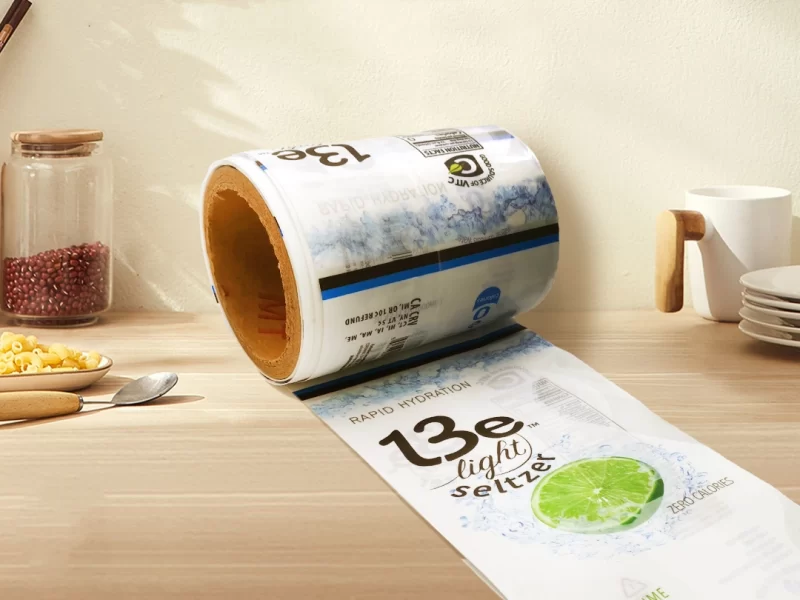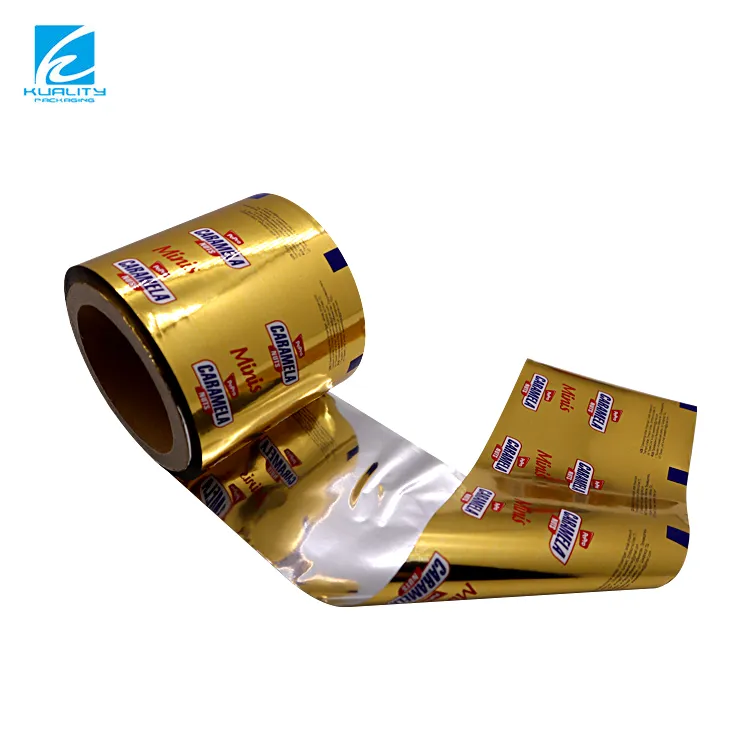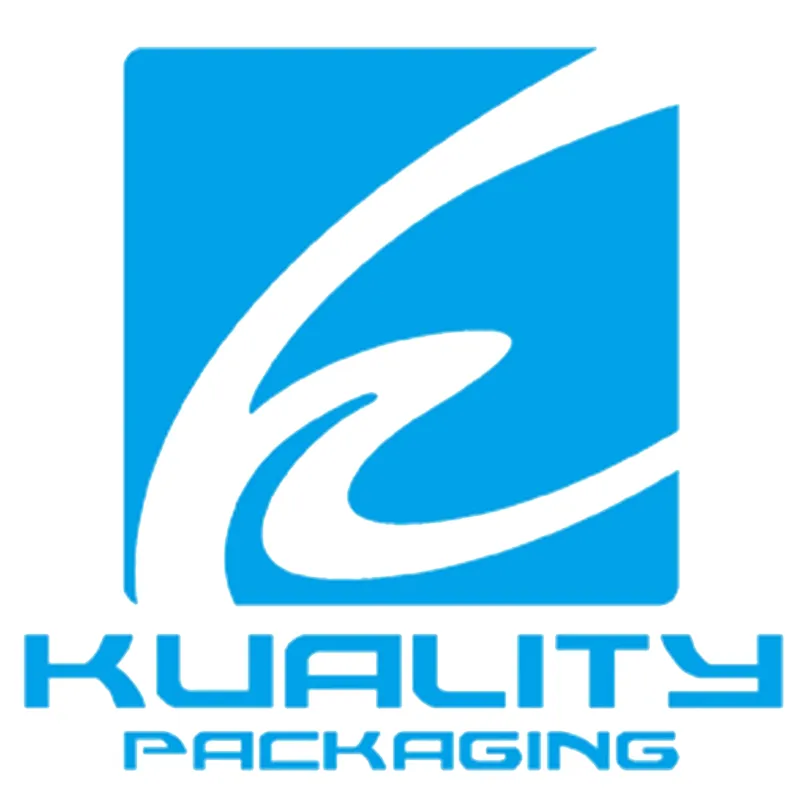
In the modern packaging industry, there is a gradual incline towards cold seal film as a highly favored packaging material that meets the dual needs of efficient production and product protection. So, what is cold seal packaging film? Why is it widely used in the food, pharmaceutical, and electronics industries? Huiyang Packaging will introduce the definition, characteristics, application areas, and unique advantages of cold seal film in packaging, helping to make the values of such high-performance packaging film materials more fully comprehended.
What is Cold Seal Film?
Cold seal film is a form of packaging material that can be sealed through pressure without the use of heat sealing. The surface adhesive properties of cold seal film depend on external pressure during the process of packaging a product to activate and, therefore, obtain a seal. This technology applies to high-speed production lines, especially where heat sealing may damage or affect the quality of products, such as chocolate, cereal bars, and protein bars, among others.
Key Features and Advantages of Cold Seal Film
Operational Ease
Cold seal film simplifies the packaging process—requiring only pressure for a secure seal, without heating equipment. This ease of use enhances production efficiency, reducing costs while improving productivity.
High Adaptability
Cold seal packaging film performs well under various environmental conditions, making it suitable for temperature-sensitive items like food and pharmaceuticals. It protects products against moisture, oxygen, and external contaminants, maintaining product integrity during storage and transport.
High Adaptability
Cold seal packaging film performs well under various environmental conditions, making it suitable for temperature-sensitive items like food and pharmaceuticals. It protects products against moisture, oxygen, and external contaminants, maintaining product integrity during storage and transport.
Environmental and Printing Performance
Cold seal films are often recyclable and energy-efficient to produce, aligning with sustainable packaging trends. They also have excellent printing performance, allowing for vibrant and durable designs that enhance brand appeal and consumer engagement.

Types of Cold Seal Films
- Polyethylene Cold Seal Film: Known for flexibility and low-temperature resistance.
- Polypropylene Cold Seal Film: Provides high strength, suited for diverse packaging needs.
- Aluminized Cold Seal Film: Offers superior light-blocking and barrier properties.
- Co-extruded Cold Seal Film: Made from multi-layer materials for enhanced performance.
Application Areas
Cold seal films have become a key component in packaging for a wide range of sectors:
Food: Nutrition bars, baked goods, chocolates, and ice cream benefit from cold seal packaging film, maintaining freshness and preventing contamination.
Pharmaceuticals: Safeguard medicines and health supplements by ensuring product integrity.
Electronics: Protects sensitive electronic components from moisture, dust, and static, maintaining their quality and functionality.
How to Choose the Right Cold Seal Film
Selecting the appropriate cold seal film requires considering product characteristics, sealing strength, and environmental conditions. Different films may have unique benefits, so it’s essential to choose based on specific requirements for optimal performance.
Professional Services for Huiyang Packaging
후이양 포장 manufacturer has more than 20 years of experience in flexible packaging production and focuses on the quality of cold sealing films. We have advanced cold-sealing film production equipment 그리고 strict quality control systems to protect your products. We also offer 맞춤형 서비스 to meet our customers’ unique packaging needs. In addition, providing free design and sample services is our strength, allowing you to experience our high-quality cold-seal film solutions at no risk. Choose 후이양 포장 for superior quality and attentive service.

.webp)